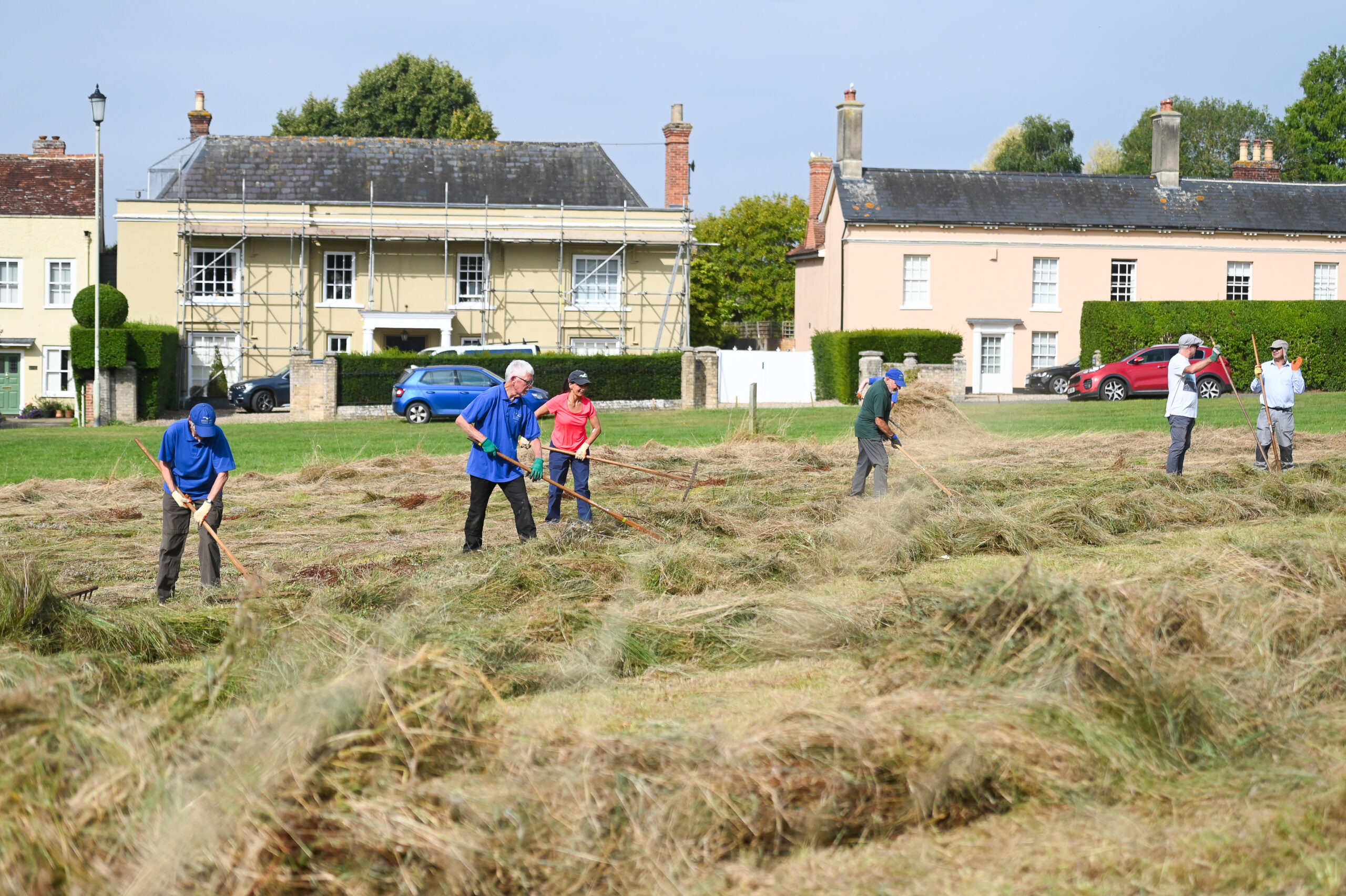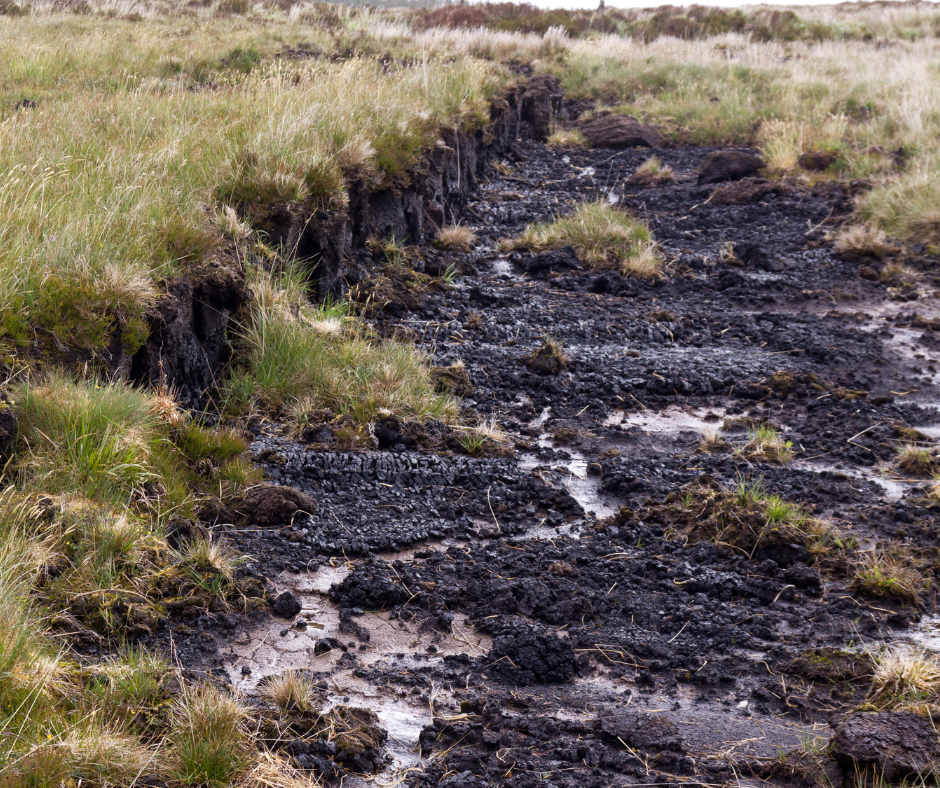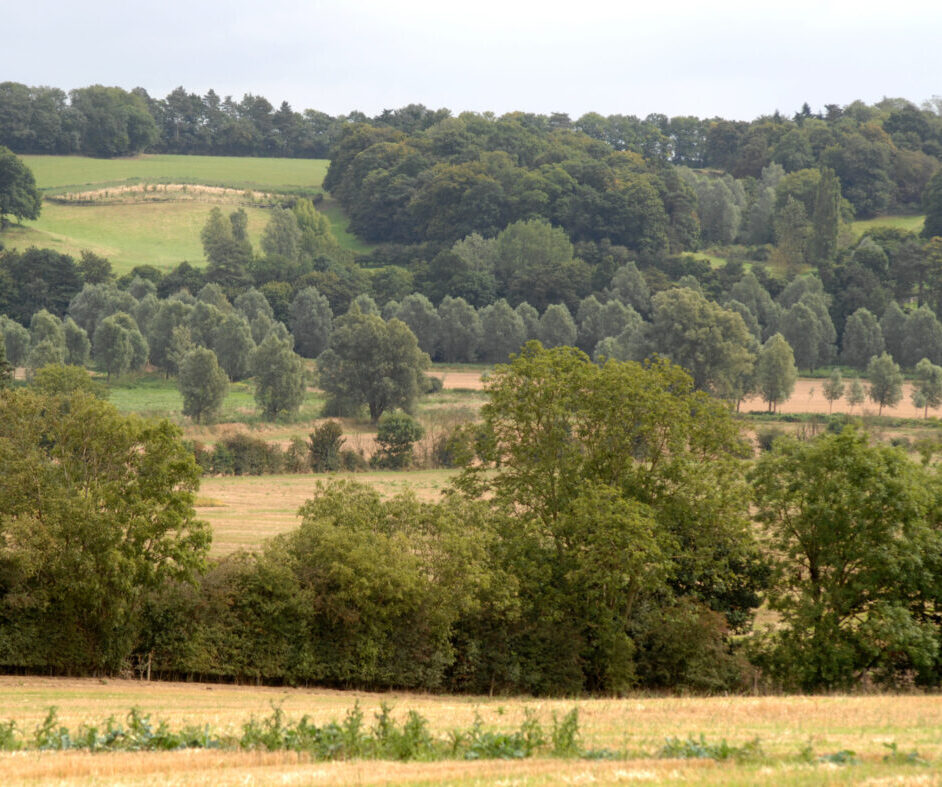Protected Landscapes Targets and Outcomes Framework

The Protected Landscapes (a collective name for National Landscapes and National Parks) Targets and Outcomes Framework (PLTOF) is a strategic tool developed by the Department for Environment, Food and Rural Affairs (DEFRA) and partners.
The aim of the Protected Landscapes Targets and Outcomes Framework is to guide and assess how protected landscapes contribute to national environmental goals.
There are 10 targets and those targets are informed by the Environmental Improvement (Plan 2023) and align with nature recovery and the 30 by 30 target.
- Restore or create more than 250,000 hectares of a range of wildlife-rich habitats within Protected Landscapes, outside protected sites by 2042 (from a 2022 baseline)
- Bring 80% of SSSIs within Protected Landscapes into favourable condition by 2042.
- For 60% of SSSIs within Protected Landscapes assessed as having ‘actions on track’ to achieve favourable condition by 31 January 2028 .
- Continuing favourable management of all existing priority habitat already in favourable condition outside of SSSIs (from a 2022 baseline) and increasing to include all newly restored or created habitat through agri-environment schemes by 2042.
- Ensuring at least 65% to 80% of land managers adopt nature friendly farming on at least 10% to 15% of their land by 2030.
- Reduce net greenhouse gas emissions in Protected Landscapes to net zero by 2050 relative to 1990 levels.
- Restore approximately 130,000 hectares of peat in Protected Landscapes by 2050.
- Increase tree canopy and woodland cover (combined) by 3% of total land area in Protected Landscapes by 2050 (from 2022 baseline)
- Improve and promote accessibility to and engagement with Protected Landscapes for all using existing metrics in our Access for All programme.
- Decrease the number of nationally designated heritage assets at risk in Protected Landscapes.
For targets 1, 7 and 8, individual Protected Landscapes are required to set ambitious spatial targets for their contribution towards the overall totals.
In response the Dedham Vale National Landscape has set the following ambitious targets:

Target 1: Restore or create more than 250,000 ha of wildlife-rich habitats within Protected Landscapes, outside protected sites, by 2042
Dedham Vale National Landscape target: 715.47 ha

Target 7: Restore approximately 130,000 hectares of peat in Protected Landscapes by 2050
Dedham Vale National Landscape target: 0 ha

Target 8: Increase tree canopy and woodland cover (combined) by 3% of the total land area in Protected Landscapes by 2050 (from 2022 baseline)
Dedham Vale National Landscape target: 300 ha
The targets set have been influenced by the local characteristics of the area, and the Dedham Vale National Landscape Nature Recovery Plan, published in 2021. The targets are set for the National Landscape area as a whole, and are not the specific responsibility of one organisation or partner.
For further detail on the Dedham Vale National Landscapes response to the Protected Landscape Targets and Outcomes Framework, please download the full spreadsheet.
